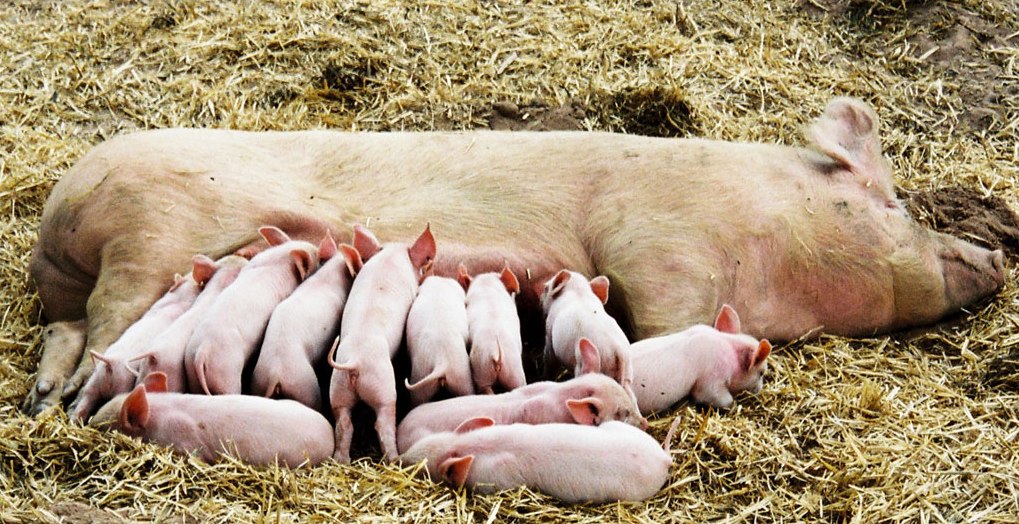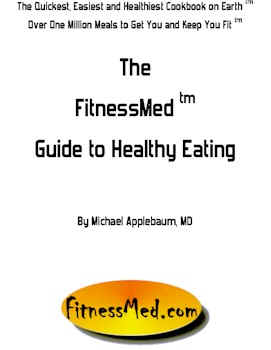A new analysis of the landmark West of Scotland Prevention Study(WOSCOPS)has shown, for the first time, that obesity per se is associated with an increased risk of coronary heart disease (CHD) death [1]. Dr Jennifer Logue (University of Glasgow, Scotland) and colleagues report their findings online February 14, 2011 in Heart.The "something extra"?
Logue told heartwire there are already a number of studies relating body-mass index (BMI) to risk of CHD events, "but it has always been presumed that this is due to traditional risk factors. When people have adjusted for those factors in the past, looking at total events, the risk is gone. But because we had a high number of events, we were able to separate them into fatal and nonfatal. Even after adjusting for all traditional cardiovascular risk factors, any confounding such as medication use and socioeconomic deprivation, we still had a 60% increased risk for fatal CHD events in men with a BMI of 30 and above."
"There seems to be something extra happening, that's the crux of it," she says, but adds that more work is needed to confirm these findings in other data sets and to see whether they extend to other age groups, ethnic minorities, and women, because the WOSCOPS participants were middle-aged, white men from Scotland. Also there was far less obesity when this study was conducted compared with nowadays, so a more contemporary, "generally more obese cohort to try to power this would be helpful," she observes.

Lose the weight before it is too late.






































